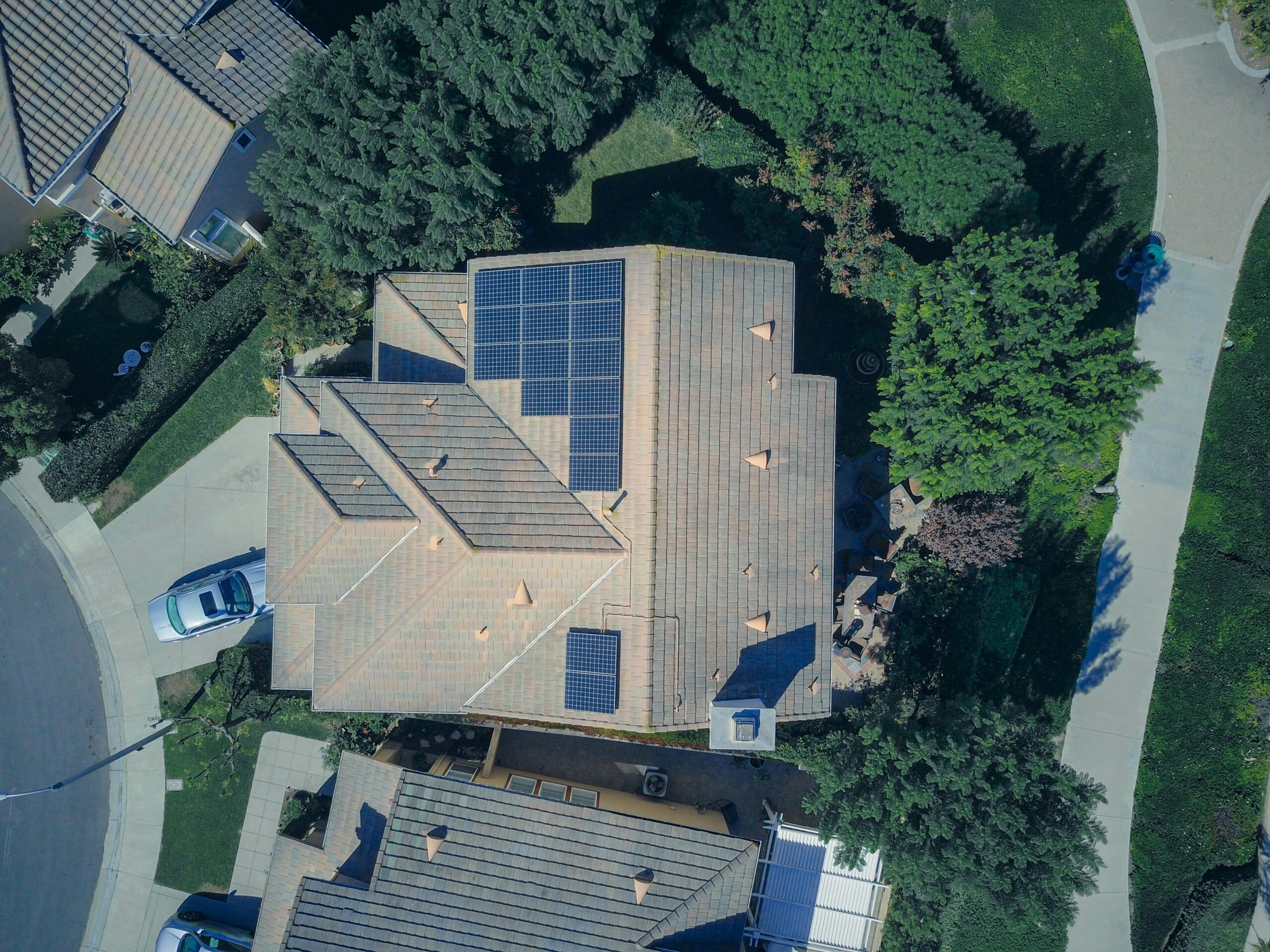
Solar energy has transitioned from a niche technology to a mainstream solution for homeowners and businesses seeking sustainable and cost-effective power. However, despite its growing popularity, many misconceptions and myths surrounding solar energy persist. These myths can deter people from exploring the benefits of solar and hinder the widespread adoption of this clean energy source. This comprehensive guide will debunk some of the most surprising and prevalent solar myths, providing you with accurate information to make informed decisions.
Myth 1: Solar Panels Don’t Work in Cloudy Climates
One of the most persistent myths is that solar panels only work effectively in sunny, desert-like climates. This is simply not true. While direct sunlight is ideal, solar panels can still generate electricity on cloudy or overcast days. They utilize ambient light, not just direct sunlight, to produce power. Although energy production is reduced on cloudy days, it’s not eliminated entirely. Many countries with consistently overcast weather, like Germany and the UK, are global leaders in solar energy adoption, proving the effectiveness of solar in diverse climates.
Myth 2: Solar Panels Are Too Expensive
The upfront cost of installing a solar panel system has significantly decreased in recent years, making it more affordable than ever. While the initial investment can still be substantial, it’s important to consider the long-term savings. Solar panels can significantly reduce or even eliminate your electricity bills, leading to substantial cost savings over the system’s lifespan. Additionally, various government incentives, tax credits, and financing options are available to help offset the initial cost and make solar more accessible.
Myth 3: Solar Panels Require Constant Maintenance
Solar panels are remarkably low-maintenance. They have no moving parts, reducing the risk of mechanical failures. The primary maintenance task is occasional cleaning to remove dust, dirt, and debris that can accumulate on the panels and reduce their efficiency. In most cases, rainwater is sufficient for cleaning, but in areas with heavy soiling, occasional cleaning with a soft brush and water may be necessary. Regular inspections by a qualified technician are also recommended to ensure optimal performance.
Myth 4: Solar Energy is Unreliable
The reliability of solar energy is often questioned due to its dependence on weather conditions. However, with advancements in technology and grid integration, solar energy has become increasingly reliable. Grid-tied solar systems, which are connected to the utility grid, provide a backup power source when solar production is low. Net metering programs allow homeowners to sell excess solar energy back to the grid, further enhancing reliability and providing additional cost savings. Battery storage solutions are also becoming more affordable and can provide backup power during grid outages.
Myth 5: Solar Panels Will Damage My Roof
When installed correctly by qualified professionals, solar panels will not damage your roof. In fact, they can even provide some protection to the roof underneath by shielding it from the elements. Reputable installers use mounting systems that are designed to minimize roof penetrations and prevent leaks. It’s crucial to choose a reputable installer with experience in installing solar panels on your specific roof type.
Myth 6: Solar Panels Are Ugly
While older solar panels may have been less aesthetically pleasing, modern solar panels are sleek and visually appealing. Many manufacturers offer panels with black frames and backsheets, which blend seamlessly with most roof types. Additionally, integrated solar roofing tiles are becoming increasingly popular, offering a more integrated and aesthetically pleasing solution.
Myth 7: I Need a South-Facing Roof for Solar Panels
While a south-facing roof is ideal in the Northern Hemisphere (and north-facing in the Southern Hemisphere), solar panels can still generate electricity on east- and west-facing roofs. The orientation affects the peak production times, with east-facing roofs producing more power in the morning and west-facing roofs producing more in the afternoon. However, with careful system design and optimization, even roofs that don’t face due south can generate significant solar energy.
Myth 8: Solar Panels Don’t Work in Winter
Solar panels do work in winter, although their energy production is typically lower due to shorter daylight hours and lower sun angles. However, the cold temperatures can actually improve the efficiency of solar panels, as they operate more efficiently in cooler conditions. Snow can also reflect sunlight onto the panels, increasing energy production.
Myth 9: Solar Panels Have a Short Lifespan
Solar panels are designed to be durable and long-lasting. Most manufacturers offer warranties of 25 years or more, guaranteeing a significant portion of their original power output. In reality, solar panels can continue to generate electricity for much longer, often exceeding 30 or even 40 years.
Myth 10: Installing Solar Panels is a Complicated Process
While installing a solar panel system involves several steps, the process is generally straightforward when working with a qualified installer. The installation typically involves:
- Site Assessment: A professional will assess your roof’s suitability, orientation, and shading.
- System Design: The installer will design a system that meets your energy needs and budget.
- Permitting and Approvals: The installer will handle the necessary permits and approvals from local authorities.
- Installation: The panels are installed on your roof, and the system is connected to your electrical system.
- Inspection and Commissioning: The system is inspected and commissioned to ensure it’s operating correctly.
Conclusion:
By debunking these common solar myths, we hope to provide you with accurate information about solar energy and encourage you to explore its potential benefits. Solar energy is a clean, reliable, and increasingly affordable energy source that can help you reduce your carbon footprint, lower your energy bills, and contribute to a more sustainable future. If you’re considering going solar, it’s crucial to research reputable installers, obtain multiple quotes, and understand the available incentives and financing options. With the right information and planning, you can make an informed decision and reap the many benefits of solar energy.
